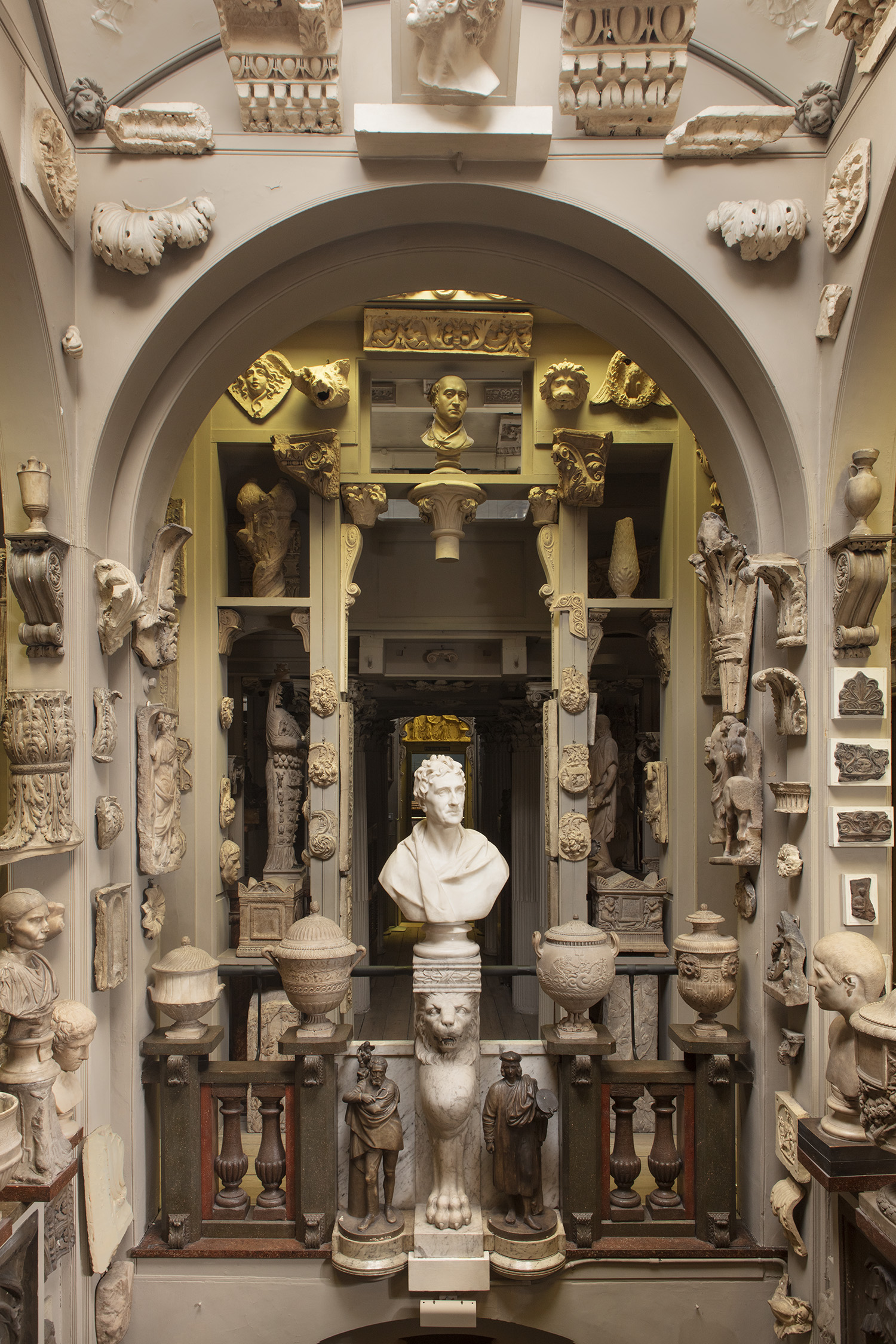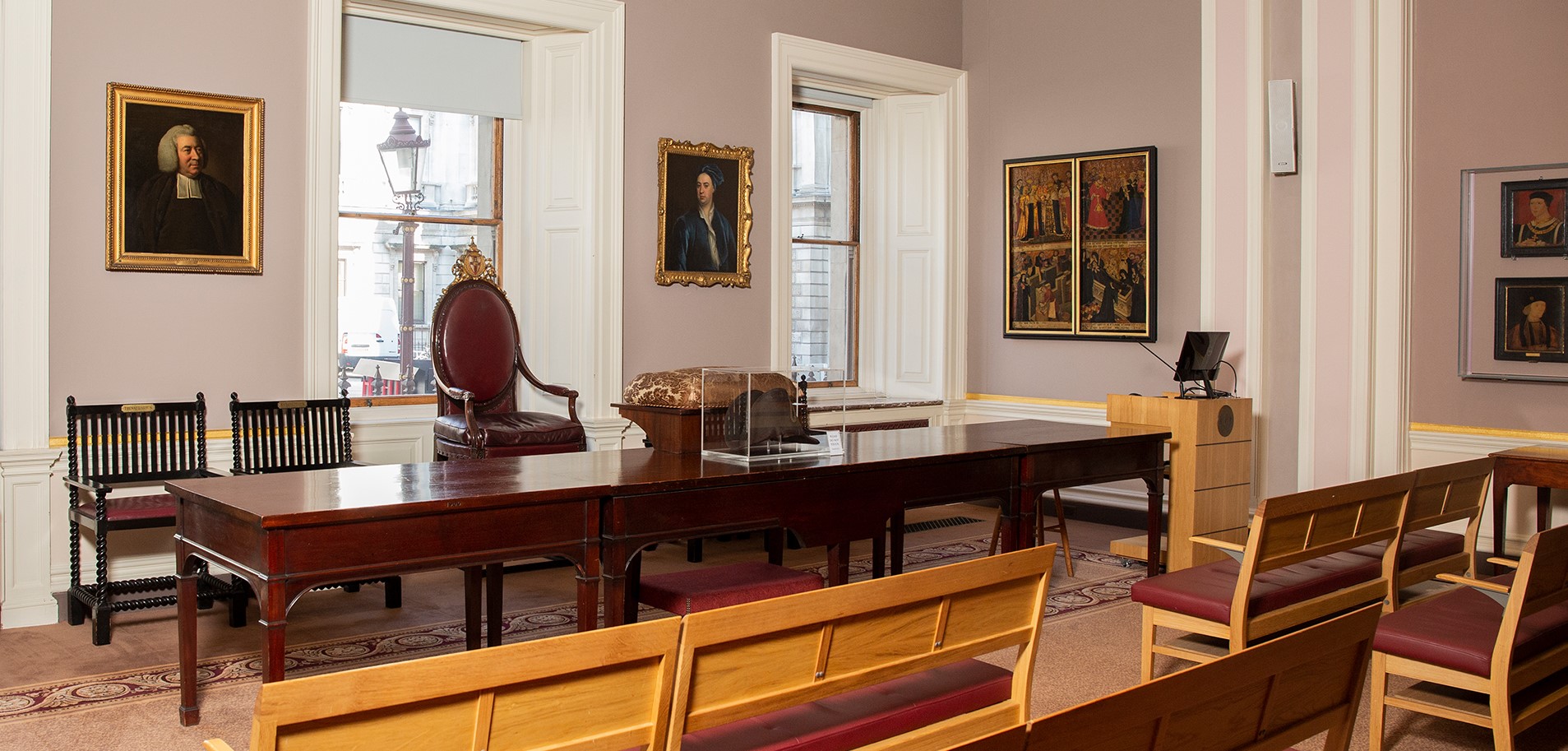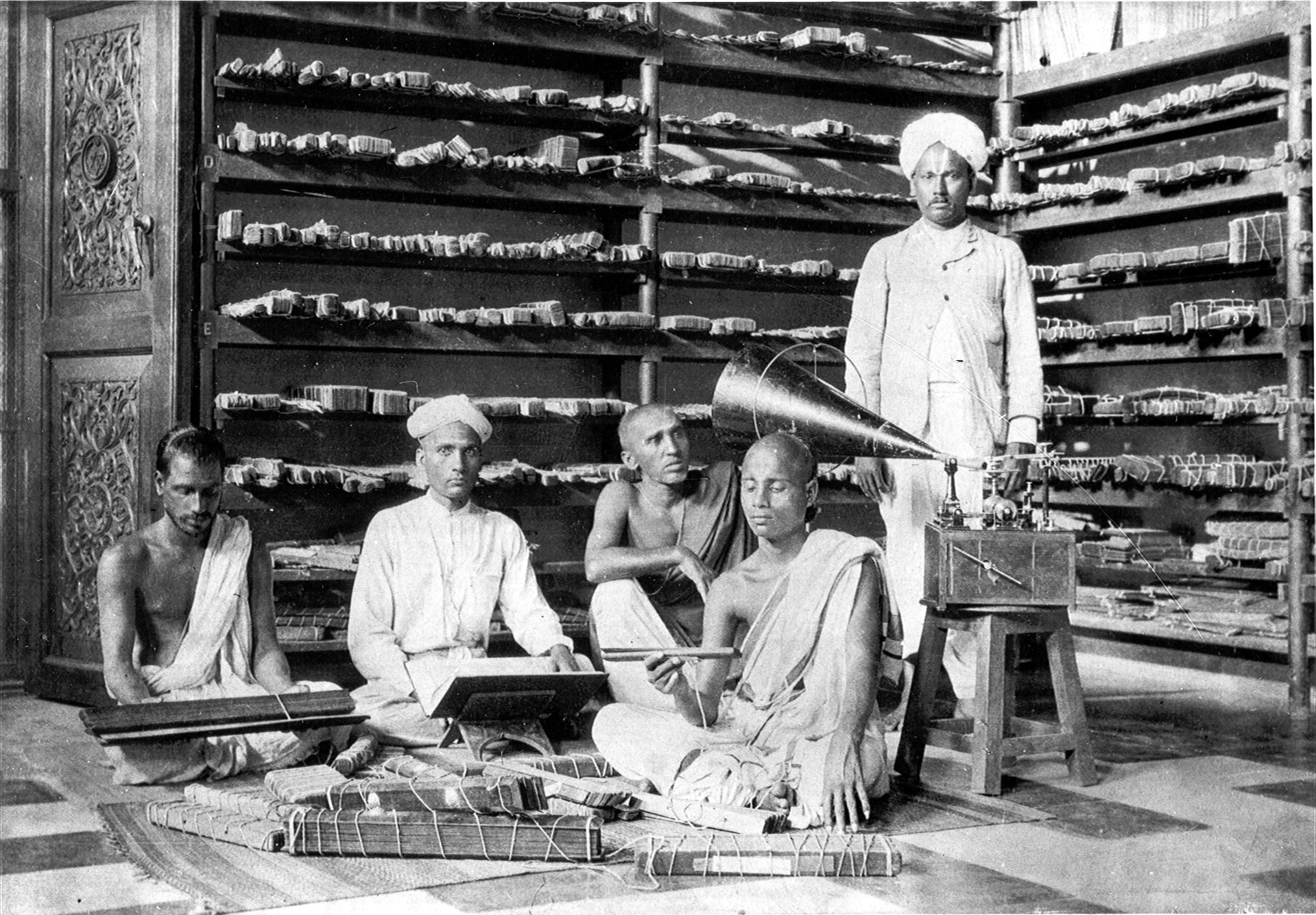A Maze without a Plan? Display in Sir John Soane’s Museum
Society of Antiquaries of London Burlington House, Piccadilly, London, United KingdomJohn Soane famously said that the works in his collection were arranged “as studies for my own mind”, but he never explained what he meant by that phrase. This lecture attempts to illuminate Soane’s collection and his strategy for it through a display midway between a cabinet of curiosities and the post-Enlightenment museum.



